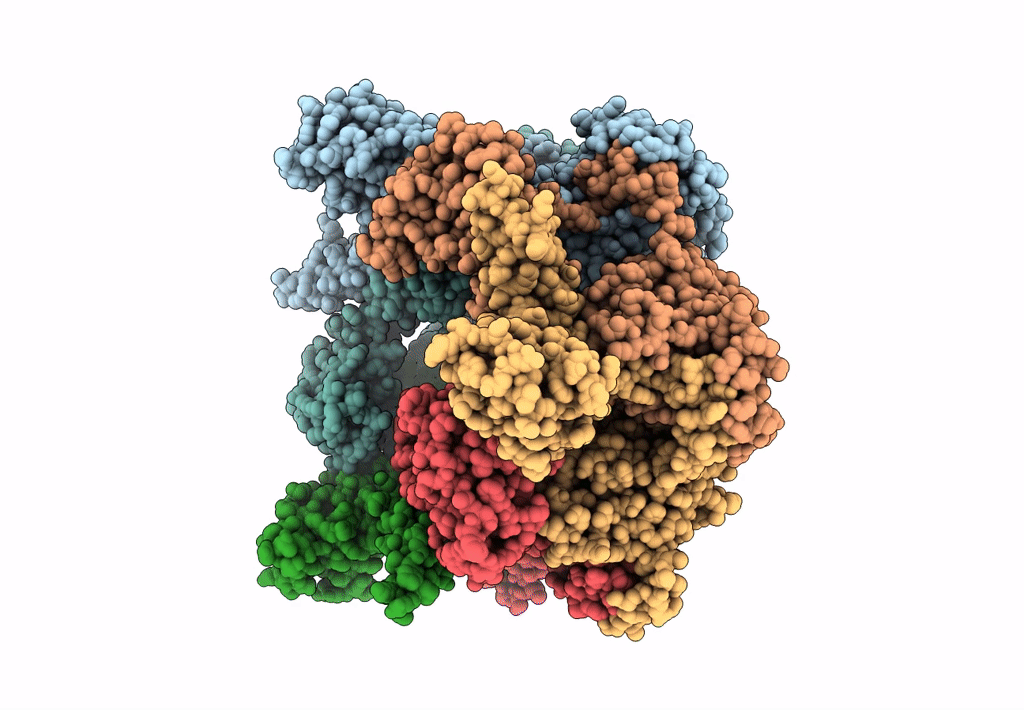
Deposition Date
2022-07-26
Release Date
2023-06-14
Last Version Date
2023-08-23
Entry Detail
PDB ID:
8DTP
Keywords:
Title:
Close state of T4 bacteriophage gp41 hexamer bound with single strand DNA
Biological Source:
Source Organism:
Escherichia phage T4 (Taxon ID: 2681598)
Host Organism:
Method Details:
Experimental Method:
Resolution:
2.70 Å
Aggregation State:
PARTICLE
Reconstruction Method:
SINGLE PARTICLE


